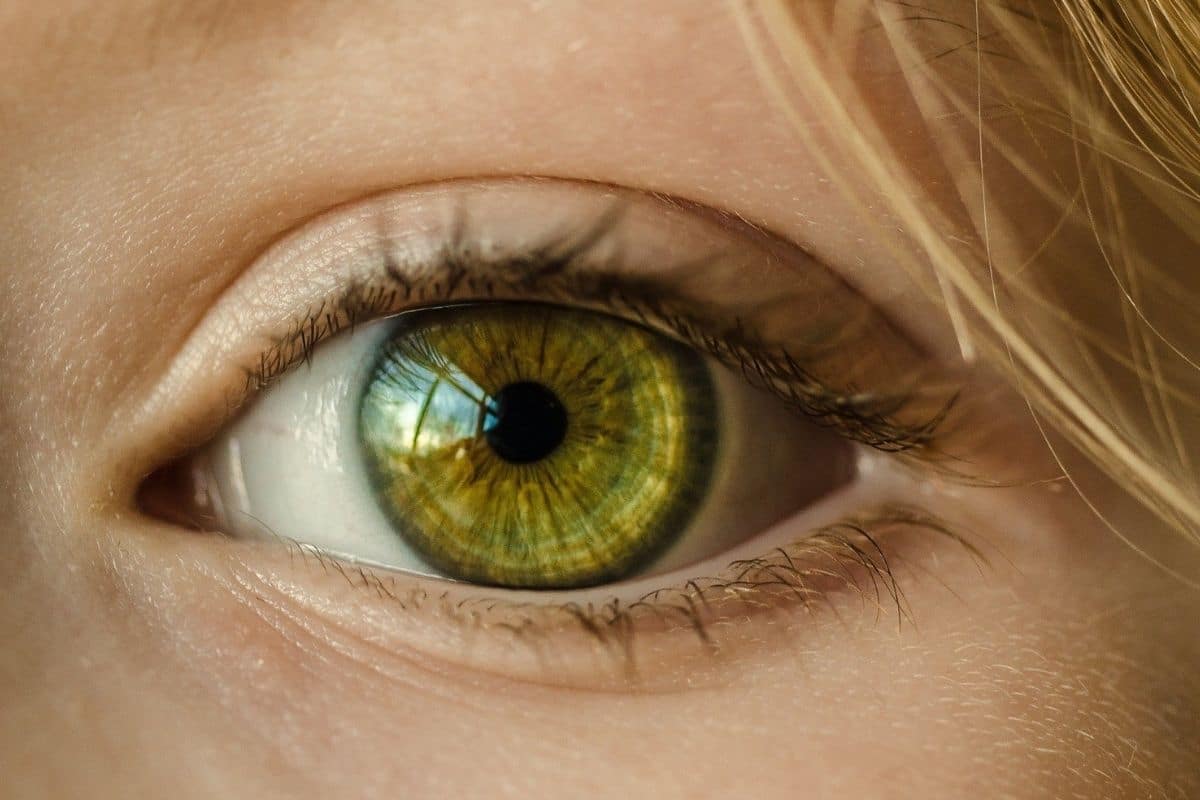
Research shows that the size of our pupils partly depends on the number of objects we see in front of us.
It is perhaps one of the best-known automatic reactions that our body exhibits every day: the light reflex of our pupils. When we are in a sea of light, the pupils get smaller. And when it gets dark, the pupils dilate. However, a new study now reveals that our pupils are much more than light detectors; they can also ‘count’. Experiments show that pupils react to the amount of objects within our field of view.
Experiments
Scientists gathered a number of adult subjects and showed them images showing off a large number of dots. In some of these images, two dots were connected by a line, making it appear as if they were harboring far fewer dots (in reality, however, the number of dots did not differ). The subjects were asked to passively look at the images and did not pay special attention to the number of objects in the images.
Results
The experiment shows that the subjects’ pupils reacted to the observed amount of dots. For example, their pupils were largest when the number of dots appeared to be largest and smallest when the number of dots appeared to be smallest. The research shows that the mechanism we use to spontaneously get to grips with the amount of objects or people in our field of view can be found in our pupils, the researchers say.
Important Skill
“When we look around us, we spontaneously take in the shape, size, movement and color of a scene,” said researcher David Burr. “We perceive the number of objects in front of us just as spontaneously. That ability – which we share with most other animals – is very important from an evolutionary point of view: it immediately reveals important quantities, such as how many apples are hanging in a tree or how many enemies are attacking us.” And precisely because that spontaneous perception of numbers or amounts is so important, researchers wondered whether it might be expressed in a primitive, automatic physiological response. It led them to our pupils, which were already known to respond automatically to light. And they also appear to respond to quantity. “The results show that numerical information is intrinsically related to perception,” said researcher Elisa Castaldi.
It’s an interesting finding. But not only that; the research can also have very practical implications. For example, the study could make it easier to diagnose dyscalculia (a math disorder) at an early age. People with dyscalculia have difficulty estimating quantities, among other things. “It’s very simple: you have people look at a screen (on which varying amounts of dots or other objects are projected, ed.) and measure their pupil response,” says Castaldi. If that reaction is not forthcoming, it may then indicate dyscalculia.
Source material:
“More than light detectors: the magic of your eyes’ pupils” – University of Sydney
Image at the top of this article: Rudy and Peter Skitterians from Pixabay